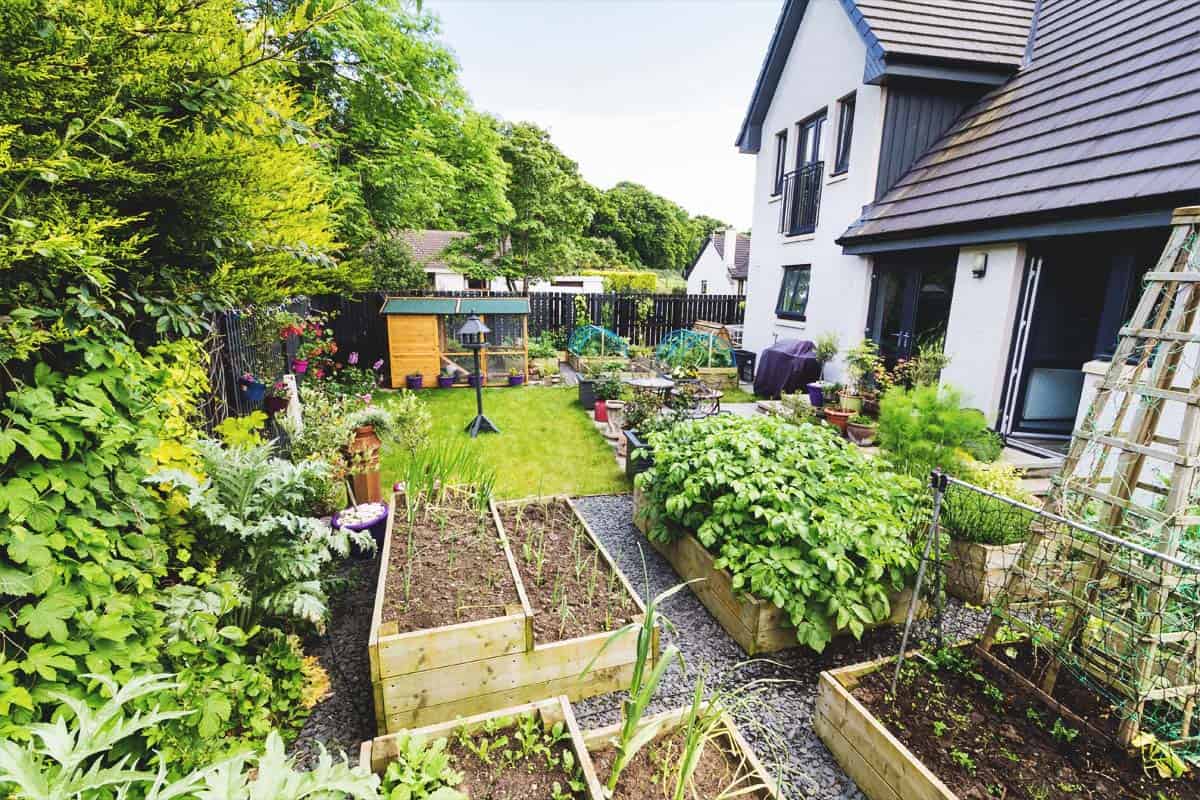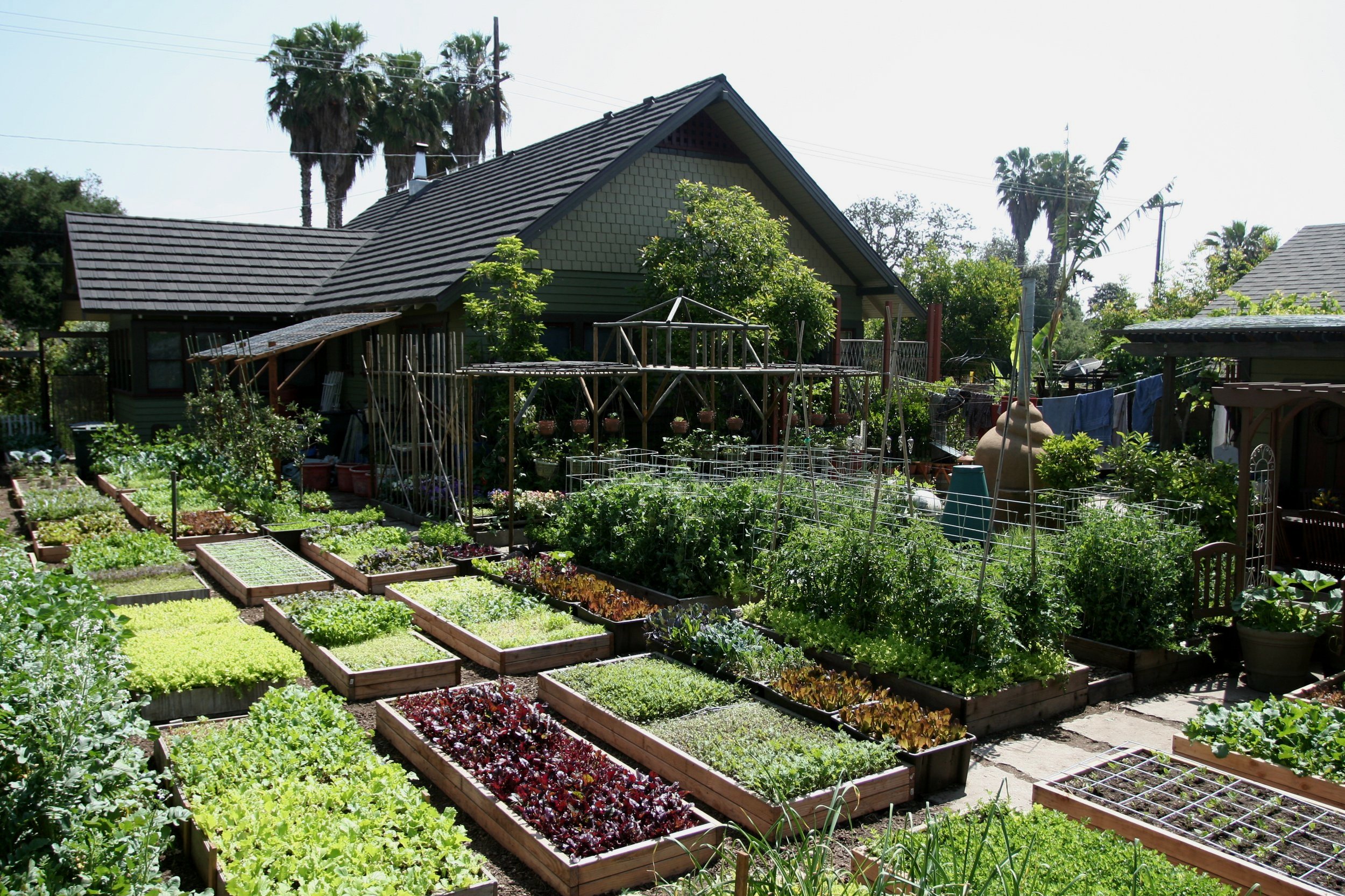Preparing for the Seasons in Homestead Gardening
Preparing for the Seasons in Homestead Gardening
Blog Article
Learn How to Cultivate a Flourishing Horticulture Setting for All Skill Degrees
Producing a flourishing garden is a complex venture that can be accepted by people at any type of ability degree. By examining essential parts such as dirt health, ideal plant selection, and seasonal treatment routines, one can create a sustainable gardening practice that generates enjoyable outcomes. Recognizing exactly how to examine and boost your yard space lays the foundation for success. Yet, the complexities of carrying out these concepts typically present difficulties that can hinder also one of the most enthusiastic newbie. What techniques can be utilized to overcome these barriers and promote a genuinely thriving setting?
Understanding Your Yard Room
In the world of horticulture, recognizing your garden room is critical to cultivating a growing landscape (Homestead Gardening). The initial step in this venture entails evaluating the particular characteristics of your story. Variables such as dirt composition, sunshine exposure, and drain play important duties in identifying the viability of your yard for different kinds of plants
Begin by performing a soil test to evaluate pH degrees and nutrient web content, which will educate any kind of needed changes. Furthermore, observe just how much sunshine your space receives throughout the day. Different plants have varying light demands; some flourish completely sunlight, while others prefer full or partial shade.

Lastly, review the offered space and plan appropriately. This consists of considering plant elevations and spread to make sure ample room for development without overcrowding. By gaining a comprehensive understanding of your garden area, you set the foundation for a successful horticulture experience.
Picking the Right Plant Kingdoms
Selecting the right plants for your garden requires mindful consideration of different factors, consisting of climate, dirt problems, and individual choices. Beginning by examining your neighborhood climate, as certain plants thrive particularly temperature ranges and weather patterns. For example, exotic plants may not make it through in cooler regions, while hardy perennials can hold up against harsh winters.

Consider your personal preferences, including visual charm and upkeep levels. Choose whether you prefer vivid flowers, lush foliage, or edible crops. Furthermore, consider the moment and effort you are willing to purchase plant care, as some varieties demand more interest than others.
Finally, think concerning the garden's layout and light direct exposure. Sunlight patterns throughout the day will certainly influence your options-- some plants require complete sunlight, while others flourish in shade. By thoughtfully analyzing these aspects, you can develop a efficient and unified yard customized to your atmosphere and tastes.
Vital Gardening Tools
A well-appointed gardener can dramatically boost their horticulture experience and end results. Vital horticulture devices are essential to growing a successful yard, no matter skill level. A strong spade is vital for excavating and transforming soil, while a trowel permits for precise growing and hair transplanting of smaller sized plants.
Trimming shears are important for maintaining plant health by eliminating overgrown or dead branches, advertising much better air flow and development. Additionally, a hand rake works for clearing debris and freshening the dirt, guaranteeing ideal conditions for plant roots.
Gardening handwear covers secure hands from chemicals, thorns, and sores, making them a necessary device. A watering can or pipe with an adjustable nozzle makes certain that plants receive adequate wetness without overwatering.
Finally, think about purchasing a sturdy wheelbarrow for transferring soil, plants, and devices around the garden effectively. By assembling a high quality toolkit that consists of these essential products, gardeners can deal with different tasks with confidence and ease, leading the way for a flourishing horticulture atmosphere. Remember, the right devices not just boost performance but likewise improve the overall enjoyment of the horticulture process.
Soil Prep Work and Upkeep
Quality soil is the structure of an effective yard, making appropriate preparation and maintenance critical for healthy plant growth. The primary step in soil preparation involves checking its pH and nutrient levels. This can be accomplished with soil screening packages available at horticulture centers or through specialist solutions. Based on the test results, changes his comment is here can be made to maximize soil conditions for specific plant demands.
Including raw material, such as garden compost or well-rotted manure, is necessary for enhancing soil framework and fertility. This not only boosts nutrition accessibility but likewise promotes advantageous microbial task. Additionally, appropriate drainage is crucial; heavy clay dirts may call for the addition of sand or perlite to enhance oygenation.
Regular maintenance of dirt health includes mulching, which preserves dampness and reduces weeds. In addition, rotating crops yearly assists avoid nutrient exhaustion and lowers insect and illness threats. It is also important to prevent over-tilling, which can interfere with dirt framework and damage useful organisms.
Inevitably, a consistent dedication to soil prep work and upkeep will certainly lead to a flourishing garden, guaranteeing that plants receive the vital nutrients they need for robust growth and productivity.
Seasonal Care and Management

In spring, concentrate on growing new seeds and seedlings, while additionally conducting soil tests to modify nutrient deficiencies. Consistently look for conditions and insects, as about his these can multiply with the warming weather. Summertime needs consistent watering and mulching to maintain moisture, along with trimming for far better air flow.
As fall techniques, it's time to prepare the garden for inactivity. This consists of harvesting crops, cleaning up debris, and using a layer of compost to safeguard plant origins from frost. Take into consideration planting cover crops to improve the dirt throughout the cold weather.
Inspect structures like greenhouses for damages and make sure appropriate insulation for sensitive plants. By adapting your horticulture practices to the seasonal cycles, you can promote useful content a growing environment that sustains plant health and wellness year-round.
Conclusion
To conclude, cultivating an effective garden needs a detailed understanding of necessary principles such as soil structure, sunlight direct exposure, and proper plant choice. Executing effective soil prep work and upkeep strategies, in addition to utilizing the right tools, promotes an optimum growing setting. Normal seasonal treatment and monitoring methods additionally improve plant wellness and efficiency. By sticking to these fundamental standards, people at all ability degrees can attain a growing garden that adds to both aesthetic satisfaction and ecological sustainability.
Picking the right plants for your garden needs mindful consideration of different factors, including climate, dirt conditions, and personal choices. Conduct a dirt examination to determine pH levels and nutrient content, which will guide you in picking plants that will certainly flourish in your yard.Lastly, consider investing in a tough wheelbarrow for moving soil, plants, and devices around the garden effectively.Quality dirt is the structure of an effective yard, making appropriate preparation and upkeep vital for healthy and balanced plant development. Homestead Gardening.In conclusion, cultivating an effective yard requires a detailed understanding of essential concepts such as dirt composition, sunlight direct exposure, and suitable plant option
Report this page